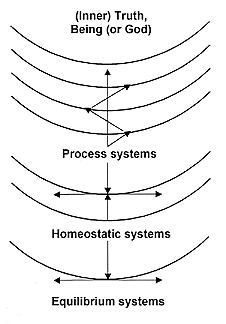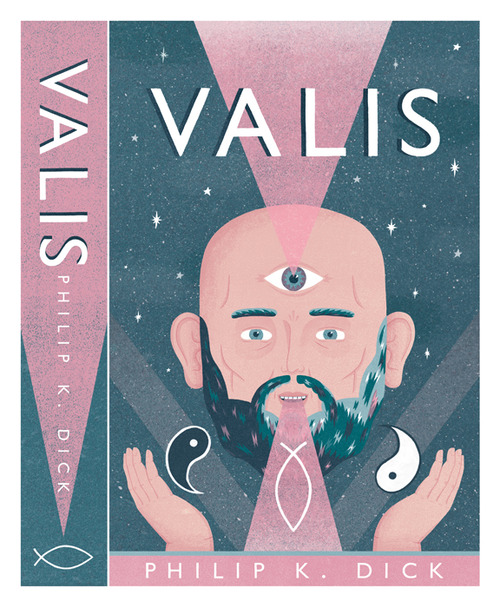Reference




Reference




Reference




OpenAI's Answer
In Philip K. Dick's works, particularly regarding his views on schizophrenia, he often explores the dichotomy between a "private world" and a "common world." This conceptual framework is pivotal in understanding his portrayal of reality and psychosis.
Private World vs. Common World
-
Private World: This refers to the subjective, individual experiences of reality. For those with conditions such as schizophrenia, their private world can be vastly different from the common world, characterized by unique perceptions and beliefs. Dick's narratives frequently delve into these personalized realms where characters experience realities that are distinct from the external, shared environment.
-
Common World: This is the shared reality perceived consistently by society at large. It is the external world that is consensually validated by the collective experiences of the general population.
Schizophrenia in Dick's Works
-
Alternate Realities: In works like "Time Out of Joint," Dick illustrates the fluid boundaries between the private and common world through characters who navigate multiple layers of reality. This exploration often emphasizes how schizophrenia can blur the lines between what is real and what is imagined, reflecting Dick’s personal battles with the condition.
-
Subjective Reality: Dick suggested that the world of a schizophrenic could be as real as our own (Goodreads Quotes). He posited that each individual's private world, filled with unique perceptions and interpretations, holds validity. This view questions the primacy of the common world and acknowledges the legitimacy of personal experiences.
Scholarly Insights
Anthony Enns in "Media, Drugs, and Schizophrenia in the Works of Philip K. Dick" discusses how Dick utilized his understanding of schizophrenia to critique and explore the constructs of reality and identity (DePauw University).
Examples from His Fiction
-
"Martian Time-Slip": The novel explores multiple subjective realities, including those of mentally ill characters, illustrating how schizophrenia can create divergent private worlds vastly different from the common reality.
-
"VALIS": Here, Dick delves into his own psychotic experiences, presenting a narrative that blurs the line between mystical experiences and psychosis, again reflecting on the notion of private worlds (depicted in various images of his work).

This duality underscores much of Dick's exploration of reality, posing profound questions about the nature of existence and the human psyche. By juxtaposing private realities with the common world, Dick not only reflects his personal struggles but also crafts a nuanced critique of societal norms and perceptions of sanity.
Follow Up
Related
What honors and awards did Juan Pablo and Eduardo Aldasoro receive?
How is serpentine formed from olivine, water, and carbonic acid?
What is the default behavior when encountering two strong symbols with the same name?
What was Marcel Granollers' highest year-end ranking in ATP?
What does liquidity-adjusted VAR incorporate that traditional VAR does not?
What are some of the notable awards and certifications Jules Wolfson has received?